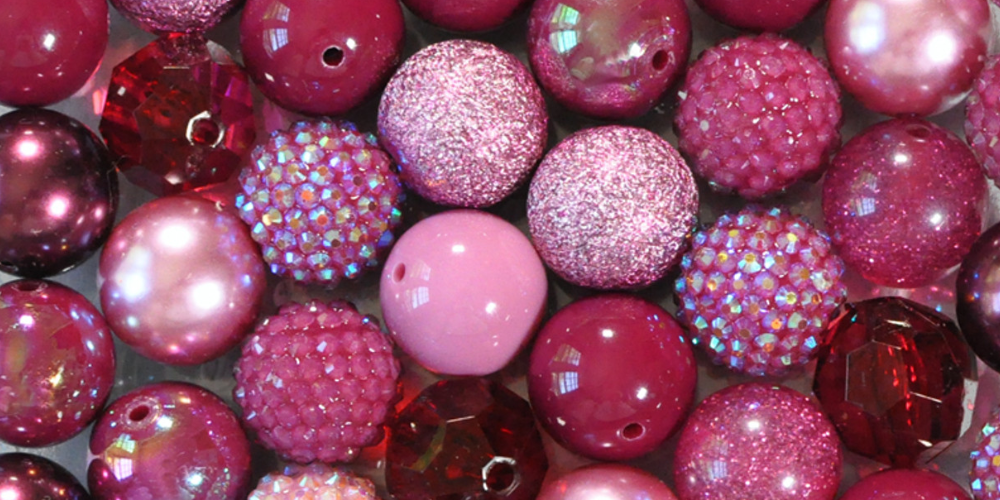If you have ever entertained thoughts of becoming a jeweler, you are aware of how fast the beads may take control of the situation. You can't help but buy one of each kind because there's such a fantastic selection.
Beads are frequently used in creative projects because of their versatility and ability to produce stunning results. With beads, you can make whatever you can imagine, so they will always be in style.
If you are the type of person who enjoys chewing bubble gum just as much as everyone else does, then working with bubble gum beads can satisfy your desire to chew bubble gum. Bubble gum beads, or other beads of several designs, can be used in countless different types of DIY projects.
How And When Should You Utilize Them?
Could you tell I'm very interested in learning if your kid is interested in exploring his or her artistic side? Do you need something to do to kill time?
If you're looking to unleash your inner artist and have a surplus of beads lying around, read on! Guests will be impressed by your new beadwork and your home will have a more pleasant feel once you implement this technique. Needle beading allows you to attach beads of many shapes, sizes, and materials.
What Are Bubble Gum Beads Exactly?
Our largest and most sought-after giant bead is the 20mm bubblegum bead. Among their many potential applications are necklaces, keychains, and wreaths.
They are particularly great for making chunky bracelets; you only need 6–8 beads for a bracelet's worth. However, many modern jewelry designers favor using the 16mm and 12mm beads instead.
Bubble gum beads with diameters of 16 millimeters and 12 millimeters are ideal for use in projects that would ordinarily need a substantial quantity of 20-millimete beads. These beads also function admirably as general jewelry components.
How To Use Them in The Right Way?
One can put on beads made of bubblegum wire, the elastic, rope, or any other kind of string. A stringing material of 1mm in thickness is suggested. It will be a greater challenge to navigate something significantly larger.
The standard size for bead holes is 2mm, although occasionally, you'll find one that's a little bit smaller. Even though pearls may look like they have fewer holes, you may remove any blemishes with a needle. The pearls' polish may spread out across the hole slightly.
If you're going to be utilizing elastic for a job that requires it to hold its shape, it needs to be of the highest quality possible. Both 1 mm Powercord and 1 mm Stretch Magic come highly suggested. Using transparent nail paint to seal the end knots is another option for preventing unraveling.
Try utilizing the instrument for threading orthodontic floss through the hole in a bead if you're having problems stringing a bead. You can locate these threaders in the same aisle as the dental floss and toothpaste in most supermarkets. Thread the folded end through the hole in the bead and pull the string through.


